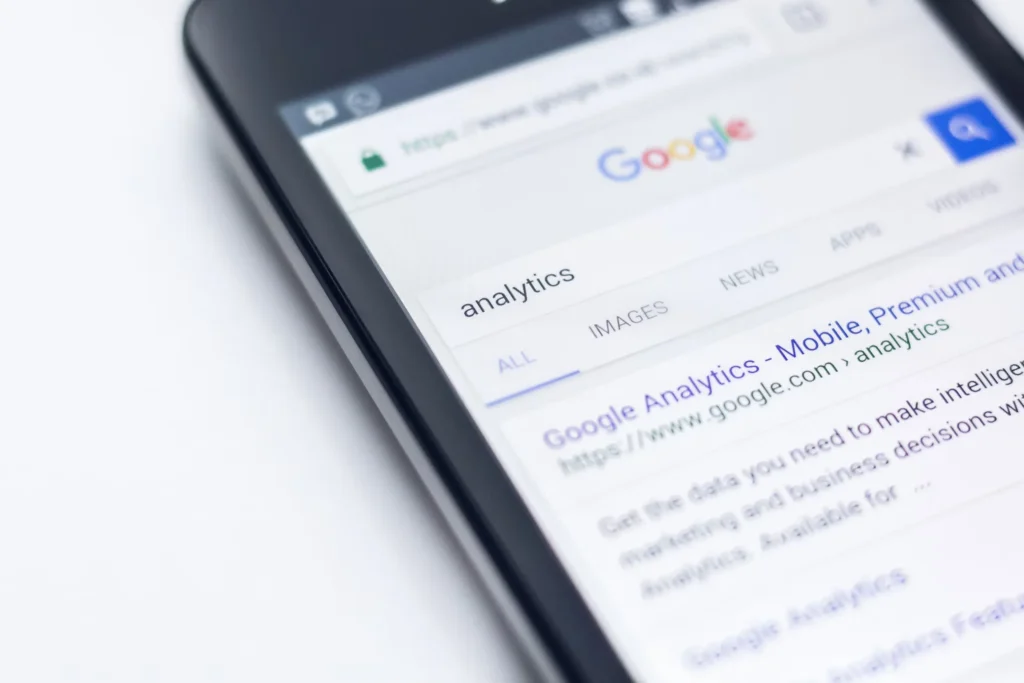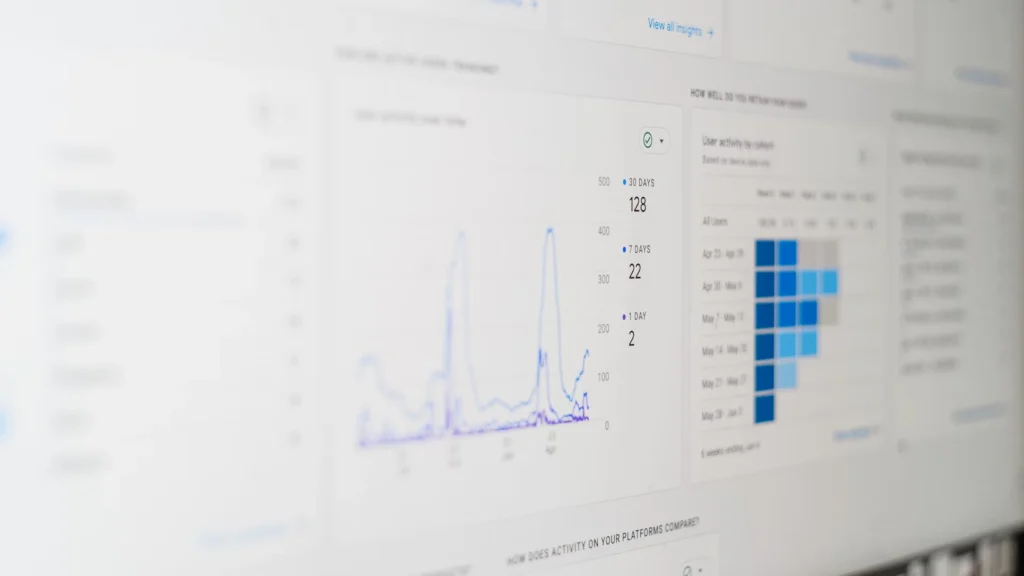Google is constantly striving to improve the way it connects consumers with relevant content. To achieve this goal, they are proposing an update called the Helpful Content Update. This update is part of a larger strategy to increase the amount of original user-generated content that appears in search results.
In this article, we’re going to cover everything you need to know about the Google Helpful Content Update.
What is Google's Helpful Content Update?
Google has certified that the Helpful Content Update has been distributed to all users. The deployment itself took at least 15 days, starting on August 25, 2022, and ending on September 9, 2022.
The Google Helpful Content Update is an algorithm update that favors content that offers favorable experiences to users. When a person performs a search on Google, they have a goal in mind, they need something. They do not care about the number of words or SEO strategies, they want an answer to their questions, simply!
Why should you be interested in the Google Helpful Content Update?
SEO specialists may view the Google Helpful Content Update as a fundamental change in how they advise their clients to generate content in the future.
You should be interested in the Google Helpful Content Update if you have observed substantial changes in your website’s ranking or visibility in Google search results over the last time.
Also, when your website’s visibility is reduced, answer this question honestly:
“Did you produce this content to increase your search engine ranking or to help your readers?”
Keep an eye on your statistics during the upgrade deployment and, if necessary, re-evaluate your content strategy in light of Google’s advice.
6 Tips to Comply With the Google Helpful Content Update
Let's move on to the tactical part. We offer you some tips to help you improve the quality of your content, always keeping the user as a priority.
1. Go back to the “basics”.
Every marketing strategy requires a thorough analysis of its target audience. This is something that will never change. Researching your personas is a fundamental task. The Google Helpful update is very useful for checking again if your buyer persona is correct.
So, if you haven’t already done so, try to understand if your content meets the needs of your persona, right now.
2. Avoid relying too much on AI
Generating content with AI is a brand new practice for publishing a high volume of articles in a short time. However, you should reassess whether AI can write the content for you. While it is really useful for optimizing your content, the human element remains key to making a difference.
When writing content, try to rely on other tools, such as real data, your competitors, or social listening. You can also use tools like Answer The Public or SERP features that show the common queries and needs of internet users on any subject.
3. Add the value that only you can add
As we mentioned earlier, Google prioritizes content that is written by a human and that provides added value to the reader.
And not just Google. Your readers also attach importance to it. Here’s the mindset: when people come to your site or blog, they want to know what you (or your brand) have to say about a certain topic.
There is too much information on the same subject online. How will your site stand out from the others? Use real examples, cases, data, and studies, to support your opinion and expertise and thus be recognized as an authoritative source.
4. Provide sufficient answers to internet users’ questions
The content is useful when it teaches people something or helps them accomplish a task. Creating content for search engines can often involve writing a lot of things without really having any substance. When you write content for people, you must help them answer a question or solve a problem that brought them to find your website.
In addition, we suggest that you ask yourself the following questions:
- Does your content make readers feel like they need to do a new search to get better information from other sources?
- Are you writing your content based on a specific number of words because you have heard or read that Google has a preferred number of words (no, that’s not the case)?
If you answered yes to either of these two questions, then you will need to review your content.
5. Don’t combine multiple topics into one website
Each website must have a niche. A website cannot be everything to everyone. Not only is it not helpful for visitors, but it is also confusing for search engines that are trying to understand the site.
Build your site around a single topic. You can still create multiple websites if you want to create content on different topics. In addition, Google suggests that you ask the following related question: Do you produce a lot of content on different topics hoping that some of them will perform well in search results?
The Google Helpful Content Update includes a new ranking signal for the entire site, which is analyzed alongside many other ranking factors.
This algorithm automatically detects content that appears to have little value, little added value, or that is not particularly useful to searchers. These changes will impact English-language searches worldwide and will eventually be implemented for other languages.
Those who follow Google’s guidelines regarding permanent content updates and product review pages will see their search engine rankings improve after the publication of the Helpful Content Update.
And if your website is affected by the Google Helpful Content Update, all you have to do is follow our tips for complying with the Google Helpful Content Update above!
For lasting improvements in your website’s SEO performance, consider consulting with our experienced SEO expert. They specialize in organic strategies that align with Google’s latest updates, ensuring your content not only meets but exceeds the standards set by the Helpful Content Update. Contact us today to discuss how we can enhance your online presence with effective SEO practices tailored to your business needs.






